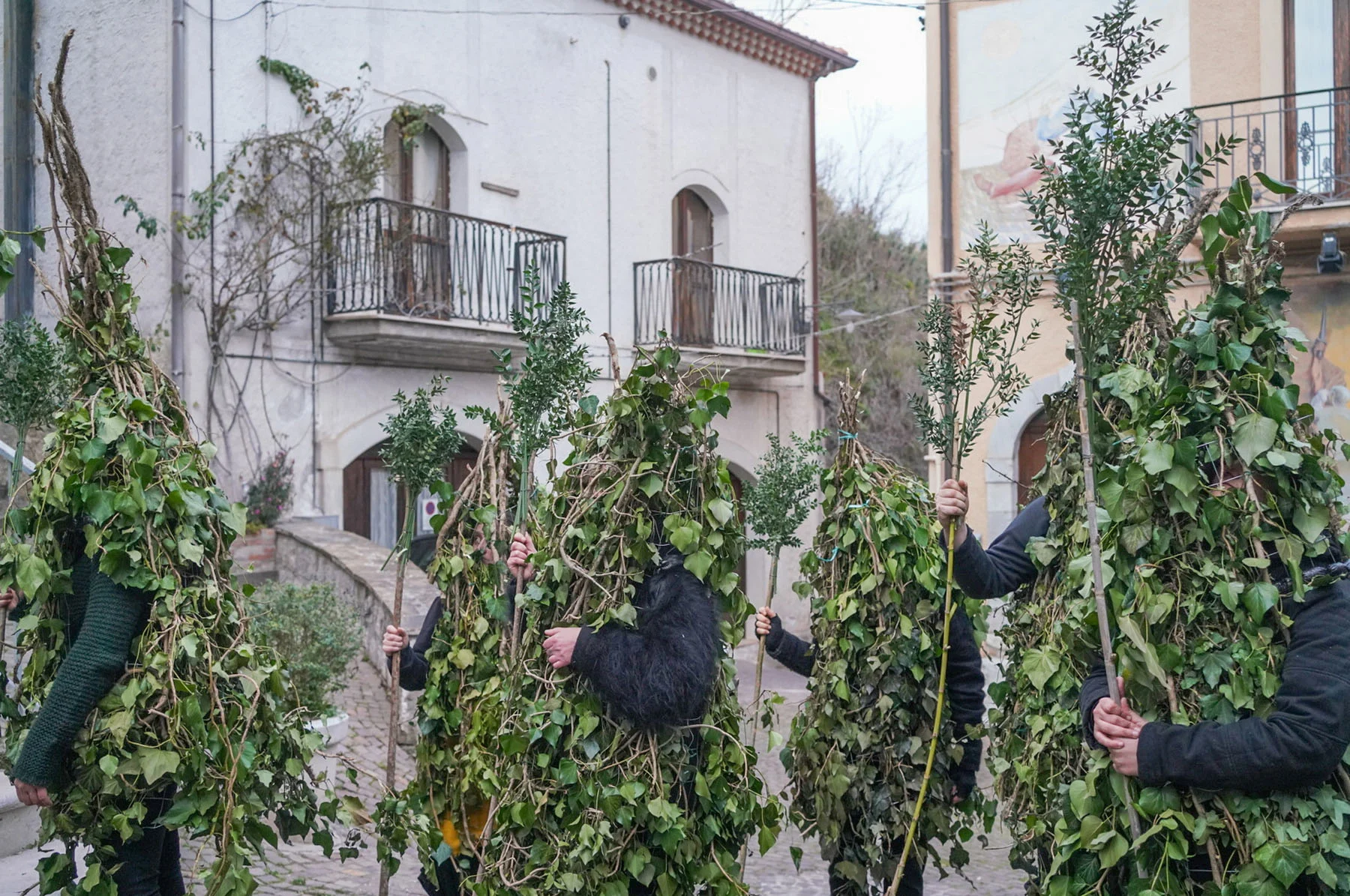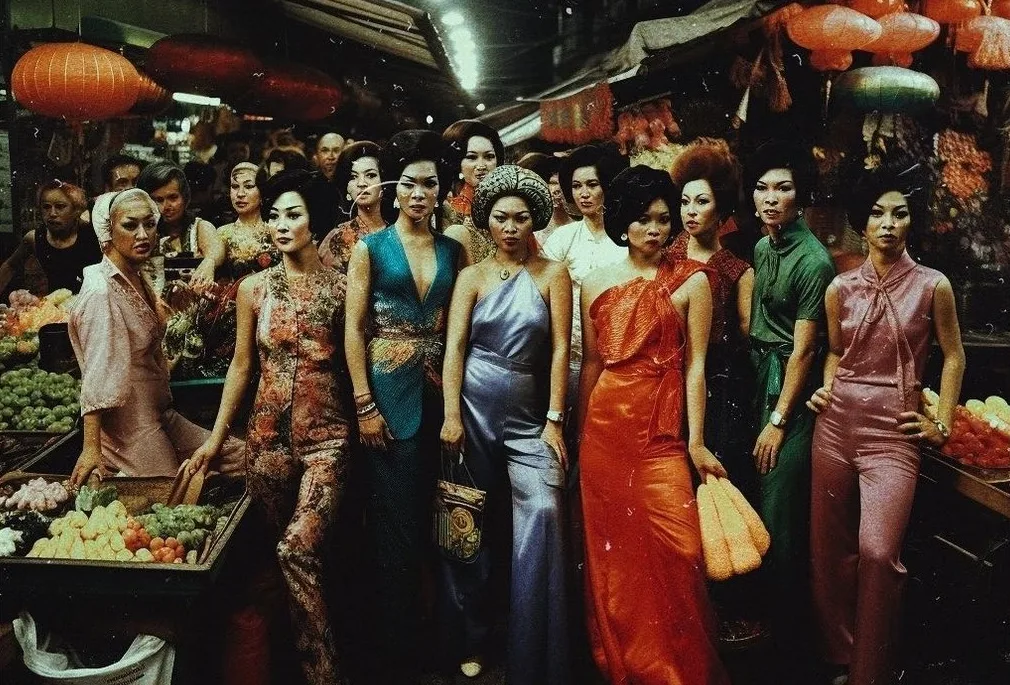

Ty Kawabe is the 19-year-old designer amassing a huge following online through his daily poster designs. The Australia-born, Japan-based artist sees the designs as a visual diary, a reflection of his thoughts and feelings across hundreds of days of his life. He tells Alix-Rose Cowie why he hopes to evoke a deep sense of nostalgia and longing in his viewers, and about the long, experimental process of finding your voice as a young designer.
Right this moment there’s a good chance that Ty Kawabe is busy designing a poster; stretching text across a landscape, brushing through an opaque layer to reveal an underlying image, playing on the edges of a color field, or sliding across increments of highlights and shadows. The 19-year-old is on a quest to teach himself graphic design by crafting a new poster every day. About one year in, the rapid pace at which he’s learning is delivering a daily dose of visuals to marvel at.


Kawabe was born in Australia and moved to Japan with his family as a young child. Nobody in his home was particularly interested in design, but he remembers loving drawing with his brother. It was only at university that he picked up his new-found interest in graphic art. “I realized design could be a way to communicate ideas, and that really drew me in,” he says. Based in Nagoya, Kawabe’s studies touch on art and engineering under the umbrella of Industrial Innovation. “It’s loosely art-related,” he says. “Through my coursework, I learn a wide range of skills, from fundamental design and engineering knowledge to hands-on practice in designing and creating physical works. That said, much of my creative growth happens outside of university.” His graphic design tutors have been makers and peers on YouTube and Instagram.
Every design is an opportunity for Kawabe to learn a new tool or technique, and he seeks out ambitious or intricate effects. No time needs to be wasted on choosing a format as the familiar dimensions of a simple poster are the perfect confines to go wild within. “Poster design lets me express ideas quickly and visually,” he says. Within the parameters of a page Kawabe can experiment with the basics like composition, hierarchy and the relationship between image and text, but he’s also free to follow his curiosity into the lesser-travelled corners of Photoshop, warping found photography until it’s unrecognizable, or pushing elements to the edge of legibility.



Design often has a clear goal—to promote or inform—but my posters are more about personal expression; capturing a feeling or a fleeting thought.
Though he’s becoming a whiz in digital programs—and he shares process videos, so other aspiring designers can learn what he has—Kawabe’s posters aren’t about showing off an impressive skill set. The technical knowledge he’s gaining is only useful in the ways it allows him to “express something from within.” “Design often has a clear goal—to promote or inform—but my posters are more about personal expression; capturing a feeling or a fleeting thought,” he explains. In that way he considers them closer to art.

As he moves through the city, Kawabe picks up inspiration and jots things down in the sketchbook he always carries with him. The concepts for his posters often come from everyday moments: “Like the way sunlight hits a building in the afternoon, something I overhear in passing, or a sign on the street.” If he doesn’t have a clear idea before starting a design, he keeps experimenting until something clicks. Establishing his voice is a process of trying lots of different things to discover what feels right. “When I look at my own work, I can see how much it changes depending on my emotions at the time. It’s like a diary that captures my internal state visually,” he says. “I also draw a lot of inspiration from other creative designers, I think it's important not to be afraid of copying as a stepping stone toward finding your own unique style.”




Kawabe is especially drawn to an aesthetic he calls “Melancholic Nostalgia” and defines it as quiet, wistful and bittersweet. “It’s about creating designs that feel both emotionally resonant and visually timeless, evoking a sense of longing without necessarily telling a complete story,” he says. To do this, he’ll often portray a solitary figure in a vast space—standing alone on a foggy street, for example. Recurring subjects in Kawabe’s artworks are ethereal beings, glowing angels, blurred forms or depictions of the soul. His layouts are illuminated with lens flares and hazy star bursts. “I love visuals that feel calm yet deeply emotional,” he says. “I first began creating in this style not just because I was moved by seeing it, but because I wanted to be someone who could create that feeling—someone whose work could move others the way I had been moved. The best part is when I’m able to create something that feels exactly the way I imagined.”
The messages in Kawabe’s posters are extended through the copy he chooses: snippets of his inner dialogue, poetic musings that hint at what’s going on in the picture, or bold motivational phrases like “follow your own path,” “dream big,” or “kill the ego.” “Honestly, they’re often messages to myself—reminders or encouragement I needed at that moment,” he says. “By putting them in my posters, I hope they might reach someone else who needs to hear the same thing.”



